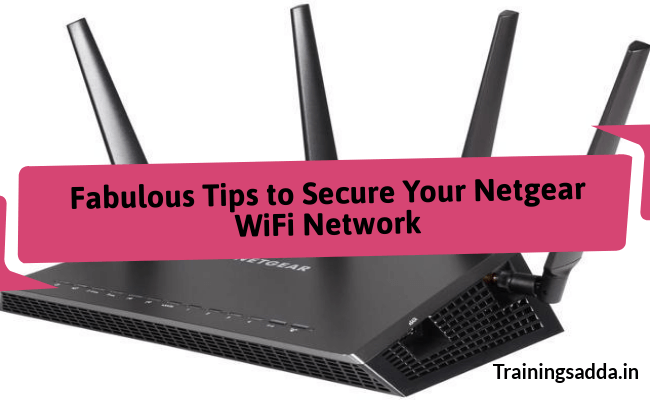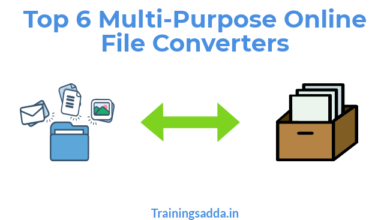
Netgear extender setup is the ultimate way to access speedy WiFi network throughout the home or office. The wireless networking system has made our lives more comfortable and feasible than the old days of internet running through messy cables. With the ever-increasing advancements in technology, we can now access the internet from anywhere at any time on our smart devices like computers, laptops, smartphones and tablets – that too without any need of a clutter of cables.
Having said that, this convenience also opens up gates for considerably easy security violations making you necessarily think on how to secure your wireless network. Well, we have got your back. In this post, we have highlighted several tips to secure your Netgear WiFi network.
Table of Contents
Tips to Secure Your Netgear WiFi Network:
Modify the Default Admin Login User ID and Password
Whenever you purchase a WiFi range extender, it comes with its own user ID and password for getting to the default admin panel. The issue with utilizing the default id and password is that anyone can easily find such details.
So it is better to change the default username and password to something else. In the case of Netgear extenders, mywifiext.net is known as the default webpage. Change its login details immediately.
To do so, type 192.168.1.250 IP address in the internet browser to open admin panel and after that, log in utilizing default details. Additionally, try to choose an extraordinary and solid password for your Netgear WiFi network in settings to avoid unnecessary access.

Use Ethernet to Access Admin Panel
Around 99.9% people access mywifiext.net login page over wireless connection that appears fine at once. When logging over WiFi connection, the login credentials are exchanged over the air which can be blocked, making them powerless.
Consequently, you should turn off remote access to your admin panel i.e. mywifiext and use Ethernet for transforming anything in router settings and configuration.
Change Your Network’s Default SSID Name
The public name of your wireless network is known as SSID. It is generally set to the model number together with the brand name where it originates from. What you ought to do is change the default SSID or network name of your device.
This won’t do something extraordinary; however, it will prevent others from knowing your router’s name or model number. That’s why change the network’s default name or SSID as soon as possible. It is recommended not to use your personal information such as name, mobile number, address, spouse’s name and related data.
All you have to do is simply open a web browser and go to mywifiext.com web address. From here, you can easily change the SSID or network name.
Disable WPS
The WPS i.e. WiFi Protected Setup is especially intended to ease up the WiFi configuration process. Various routers come with WPS enabled by default and the same can be checked by searching for the logo on the box.
On the off chance that you don’t have any utilization of the WPS particularly, turn it off immediately as others can easily violate through the 8-digit PIN.
You can disable it by navigating to the admin panel. It will open Netgear genie dashboard through which you can turn off the WPS.
Empower Network Encryption utilizing WPA2 and AES
It is vital to have encryption on each router or extender you have at your home. Because the information goes over the air, it’s simple for other users to tackle your information and track your online activities which convey your security and money related information to a potential danger of being stolen.
Prior to utilizing encryption, do take note of that most routers utilize WEP and WPA encryption modes by default which are somewhat helpless against hackers and can be effectively split.
Henceforth, try to utilize WPA2 Personal mode if possible, else remain in WPA2 mode. Moreover, select AES encryption for the most ideal security and maintain a strategic distance from the utilization of TKIP as it is good for nothing. Access mywifiext.net setup page and enable network encryption on your device.
Comments
0 comments




